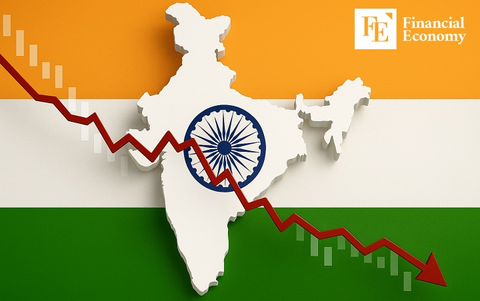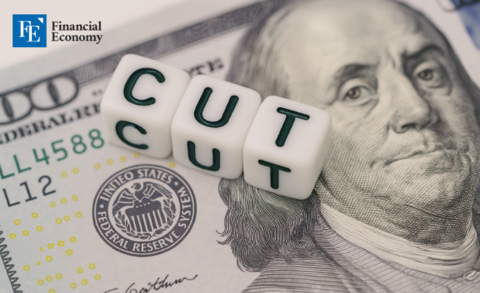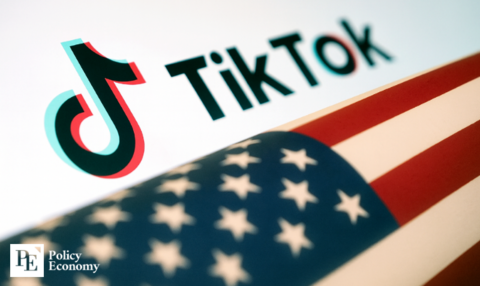U.S.–EU Trade Deal Concludes as Press Say “Europe Kneels to Trump”
Input
Modified
EU agrees to lower tariffs by pledging large-scale purchases of U.S. energy and increased investment. Press describe Europe’s move as a reluctant concession under pressure. As trade agreements multiply, South Korea remains stalled at the starting line.
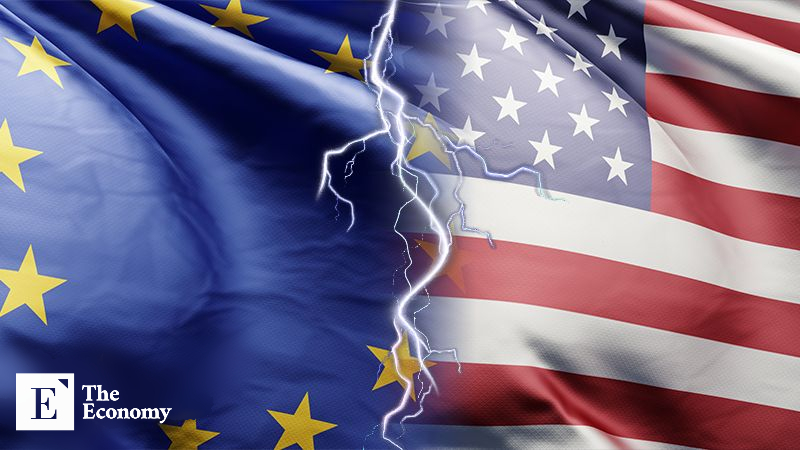
The United States and the European Union have finalized a trade agreement after months of negotiations. Under the deal, the EU has reportedly agreed to lower existing tariffs in exchange for expanded investments in the U.S. worth hundreds of billions of dollars and large-scale purchases of American energy exports. Media reports criticized the outcome as a strategic retreat for the EU, suggesting that it surrendered leverage during the talks and ultimately settled for the lesser of two evils rather than a favorable outcome.
U.S.–EU Tariff Dispute Comes to an End
According to AFP and other news outlets on July 27 (local time), the United States and the European Union have reached a last-minute trade agreement just four days ahead of the negotiation deadline. The two sides agreed to set mutual tariffs on EU goods at 15%. After meeting with European Commission President Ursula von der Leyen in Scotland, U.S. President Donald Trump stated, “The EU has long run a massive trade surplus with the U.S., and we can no longer tolerate that imbalance.” He added that the parties had agreed to a “Trade Framework Agreement” that includes expanded EU purchases of American energy and increased investment in the U.S. economy.
As part of the agreement, EU-made automobiles will now face a 15% tariff. Currently, the U.S. imposes a 25% import duty on foreign-made vehicles, including those from the EU. Strategic goods such as aircraft will be exempt from tariffs, though the two leaders offered conflicting statements about which specific items fall under the exemption. While President Trump claimed that pharmaceuticals, steel, and aluminum would not be subject to the 15% rate, von der Leyen asserted that most sectors—including cars, semiconductors, and pharmaceuticals—would face a unified 15% tariff.
Trump also announced that, in exchange for reduced tariffs, the EU had committed to substantial investment in the United States. The bloc is expected to purchase $750 billion worth of American energy over the next three years. Von der Leyen explained that this figure was based on the EU’s goal of completely phasing out Russian fossil fuel imports by 2028. Trump further claimed the EU had pledged an additional $600 billion in direct investment and agreed to acquire “a massive volume” of American military equipment.
EU Loses Leverage in Trade Talks
News outlets responded critically to the U.S.–EU trade deal, with many questioning whether Europe had surrendered its negotiating power. Reuters described the agreement as a “least-worst option” for the EU, arguing that the bloc had been outmaneuvered and forced into a reluctant compromise. The report noted that President Trump had threatened a 30% tariff during talks, while the EU’s proposal for mutual tariff elimination and retaliatory measures failed to gain traction at the table. One EU diplomat told Reuters, “Trump knew exactly where our pain threshold was—and he exploited it.”
The Financial Times echoed the sentiment, saying the agreement effectively amounted to the EU “kneeling to Trump.” While the deal avoided an immediate trade war, FT warned that it could leave lasting damage from a long-term strategic perspective. An anonymous EU diplomat told the paper, “We should’ve stood up to the schoolyard bully. This wasn’t strategy—it was capitulation.” Former EU negotiator Rikard Rikeles also criticized the outcome, saying, “Had we pushed back strongly alongside China from the beginning, we could’ve secured a better deal.”
Underlying the EU’s weak position was internal division among member states. According to FT, Germany and France had pushed for a tougher stance against U.S. tariffs, while others—including Ireland—urged caution to protect domestic industries. This discord exposed the EU’s diplomatic limitations. One diplomatic expert noted, “Had the EU entered talks with a unified voice, the outcome might have been different. But given its history of failing to align internally during major negotiations, this result is hardly surprising.”
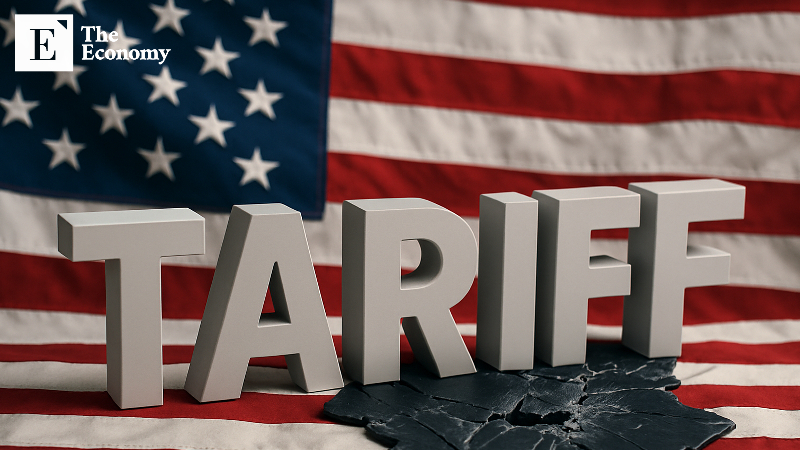
What Did Other Countries Trade for Tariff Cuts?
With the trade deal between the U.S. and one of its key negotiating partners, the EU, leaving behind a bitter aftertaste, attention has now turned to the terms of agreements reached with other countries. As the U.S.-imposed negotiation deadline draws near, trade deals are being finalized rapidly across the globe. President Trump previously announced that a deal had been reached with the Philippines, setting a 19% mutual tariff rate—down one percentage point from the 20% proposed in a letter sent to President Marcos on July 9. In return, the Philippines agreed to lift tariffs on U.S. goods.
Indonesia, which concluded a trade deal on July 15, agreed to lower its mutual tariff rate from 32% to 19%—a 13-point reduction—in exchange for dropping import regulations such as pre-shipment inspections on U.S. goods and eliminating tariffs entirely. Effectively, the country has opened its market to the United States. Japan also reached a deal with the U.S. on July 22 to reduce mutual tariffs by 10 percentage points and pledged to invest approximately $550 billion in the American economy.
Korea, however, remains burdened by a 25% tariff rate. As its competitors close out negotiations with Washington one after another, Korea finds itself still at the table. Although a scheduled meeting between finance and trade ministers was abruptly postponed, bilateral discussions have continued. Negotiations are reportedly progressing slower than expected due to increasing demands from the U.S. side.
The Korean government maintains that a 15% tariff—secured by Japan and the EU—should be the minimum acceptable threshold, and insists it cannot agree to anything worse. Since Korea competes directly with Japan and the EU in the U.S. market, accepting a higher tariff would significantly erode export competitiveness. U.S. officials are said to be aware of this vulnerability, and may leverage it to impose stricter negotiating conditions on Korea. Some observers warn that the U.S. could demand expanded investment or additional market access in exchange.




